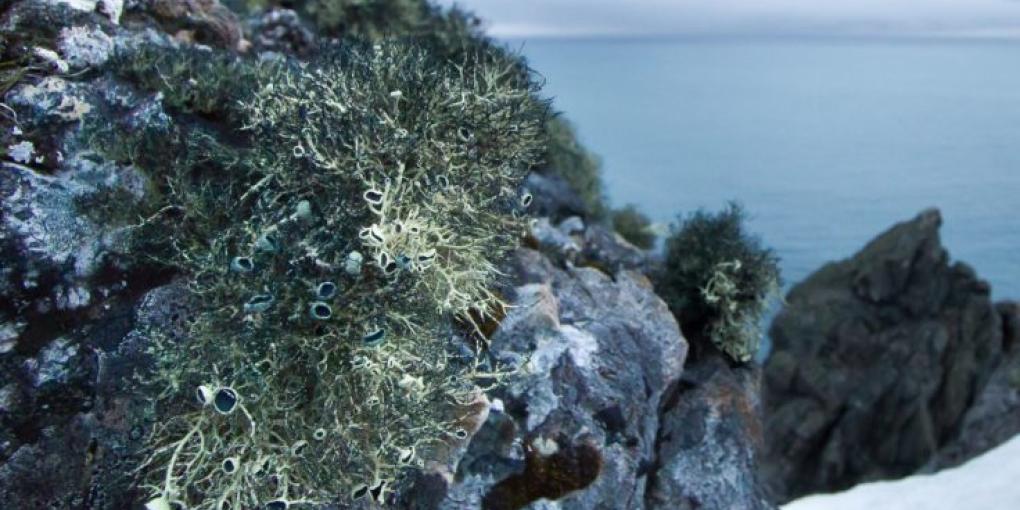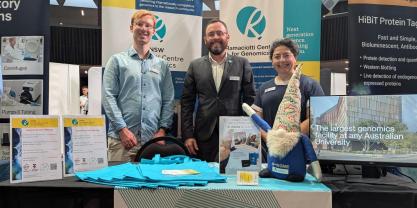Autofluorescent Antarctic fungus using Long-Read and Sanger sequencing services

Ramaciotti clients have used our Long-Read and Sanger sequencing services in the discovery of a new, naturally autofluorescent fungal species from Antarctic soil
In a recent study, researchers from UNSW & the Australian Institute of Botanical Science have discovered a new species of fungus in the cold desert soil of Antarctica. It has been named Penicillium psychrofluorescens sp. nov. due to its preference for cold temperatures (psychrotroph) and the fact that it exhibits intense autofluorescence under the microscope.
Antarctica is known for its extreme conditions of harsh, low temperatures and limited nutrient availability. This creates a selective pressure for organisms that have adaptions that enable them to survive here. Species of Penicillium fungi are known to exist here; however, the extent of the fungal biodiversity in terrestrial Antarctica is unknown, being limited by the complex cultivation techniques needed for their isolation.
The researchers took soil samples from beneath a biocrust in Robinson Ridge, East Antarctica. Using a new cultivation method involving Fluorescence Activated Cell Sorting and incubation with very low-nutrient growth medium, they isolated a range of potentially novel fungal taxa.
The Ramaciotti Centre was given samples of DNA extracted from mycelium of a pure fungal culture. We performed Library Preparation (Oxford Nanopore Technologies), followed by long-read sequencing on a GridION sequencer. We also performed Sanger sequencing on PCR amplicons of the internal transcribed spacer region (ITS).
Major findings:
- The ONT long-read sequences were used to assemble and annotate its near-complete genome.
- Phylogenetic analyses revealed that it is a new species of Penicillium.
- It has genomic features that may represent adaptations to the nutrient availability in the antarctic environment (scarce and specific!). This helps to provide insights into life in extreme environments.
- It has 30 biosynthetic gene clusters, the majority of which were unrelated to those of known compounds. This suggests it could produce new, unique bioactive compounds, some of which may be useful in medicine or biotechnology like other Penicillium-derived compounds.
- It is psychrotrophic, with a preference for cold and an inability to grow at temperatures ≥30 °C.
- Its intense autofluorescence is well above the weak levels commonly exhibited by fungi. This is thought to be derived from compounds such as NADPH, porphyrins, and polyketides. This could have potential scientific applications.
This discovery highlights how little we know about microbial life in extreme places like Antarctica. The new fungus adds to our understanding of how life can adapt to harsh conditions and opens doors to exciting research in medicine, science, and environmental studies.
Access the publication here.
Furnell, A., Benaud, N., Vázquez-Campos, X., Liew, E.C., Mertin, A., Vink, J.A., Montgomery, K., Wilkins, M.R., Summerell, B.A. and Ferrari, B.C., 2024. Penicillium psychrofluorescens sp. nov., a naturally autofluorescent Antarctic fungus. Mycology, pp.1-24.
News article written by Dr Christie Foster



